William Kentridge: More Sweetly Play the Dance at the Marian Goodman Gallery

The first collection of solo works by William Kentridge to be assembled in London in over 15 years, this exhibition at Marian Goodman’s spacious Soho gallery is grand in scale and bold in statement. For the most part taking the Chinese cultural revolution of 1966-76 as its touchstone, the show explores the implications of such upheavals from perspectives of folklore, social history and nature.
Filling the walls of the gallery’s entrance hall are a number of large works featuring the juxtaposition of naturalistic motifs with text statements (or corruptions of statements) culled from propagandist literature. Pieces such as Lilium Casa Blanca (2014) use a collage style in presenting floral still life on a sprawling scale, painted in the familiar Kentridge monochrome palette upon the pages of diaries, dictionaries, and scientific journals. Many of these paintings feature in the video installation Notes Toward a Model Opera (2015), a collaboration between Kentridge and a group of musicians and dancers that blends colourful imagery from revolutions across the world (South America, China, and Kentridge’s native South Africa) to compellingly chaotic effect.
The upper gallery is given over to the larger installation, which gives the exhibition its title. Featuring eight screens and speakers fitted to old-style conical bullhorns, More Sweetly Play the Dance (2015) sees a life-size procession of lost souls navigating its 40-metre length. The tone is sombre if not entirely without hope. A rueful brass band lends the cavalcade the air of a New Orleans funeral as filmed marchers make their way wearily through a desolate, apparently war-torn, hand-painted landscape. Often carrying large Kentridge-crafted icons, and cast variously in roles such as soldiers, priests, politicians, and convalescing patients (all characters deprived of life in some sense), they convey authenticity in spite of the cartoonish embellishments. If the ruminations on revolution elsewhere within the exhibition leave any doubt as to the human cost that it can involve, then this piece stylishly and movingly hammers home an issue as relevant today as ever in no uncertain terms. A side room beyond the installation offers viewers a glimpse behind the scenes of its production, with some of the wire-frame style icons presented in a way that highlights their standalone worthiness as well as the process behind their creation.
Separately, a small collection of bronze busts painted to resemble the cardboard prototypes from which they were cast offers a thematic and stylistic break from the surrounding works. Produced as the result of the artist’s work in staging a production of Alan Berg’s Lulu (with the Dutch National Opera), the bronzes round off an intrepid and explosively impactful collection in quiet and contemplative fashion.
Stuart Boyland
William Kentridge: More Sweetly Play the Dance is at the Marian Goodman Gallery from 11th September until 24th October 2015, for further information visit here.
For further information about William Kentridge visit here.

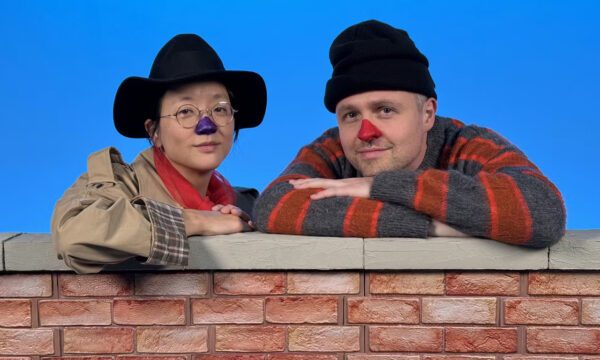
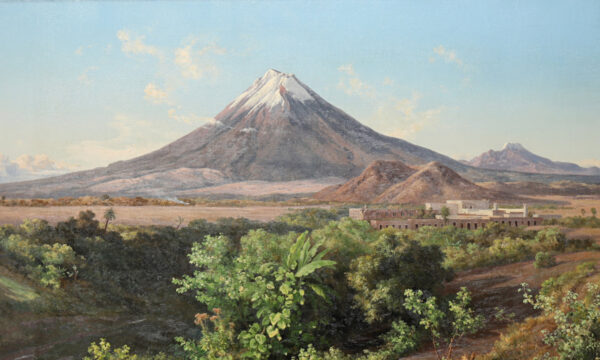
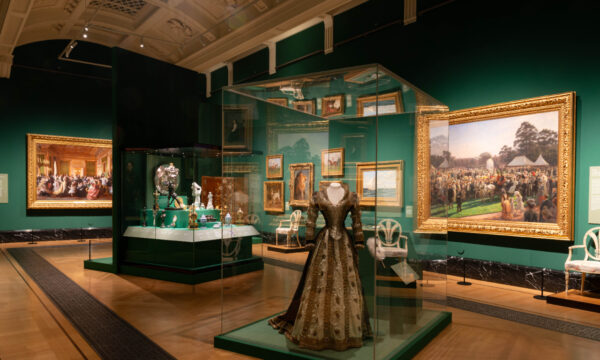
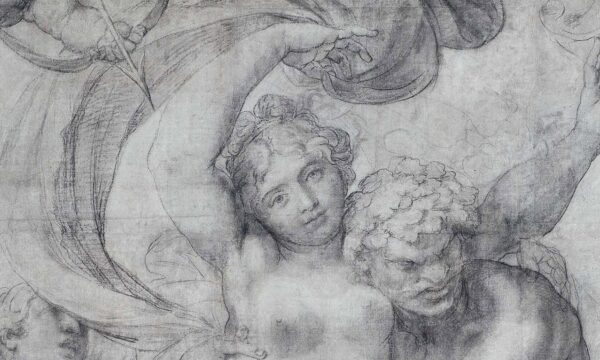
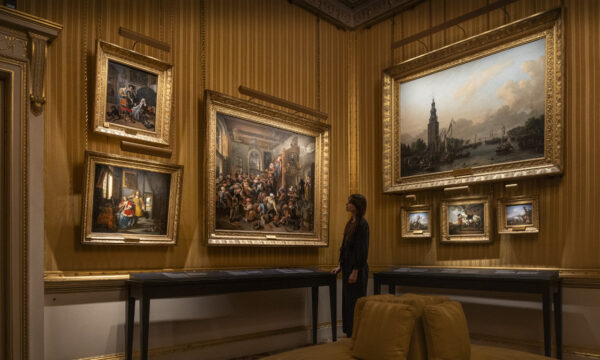
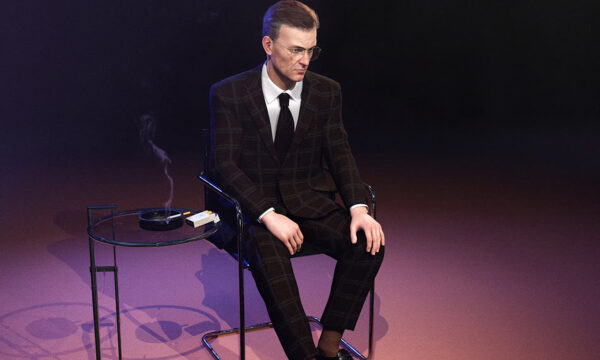
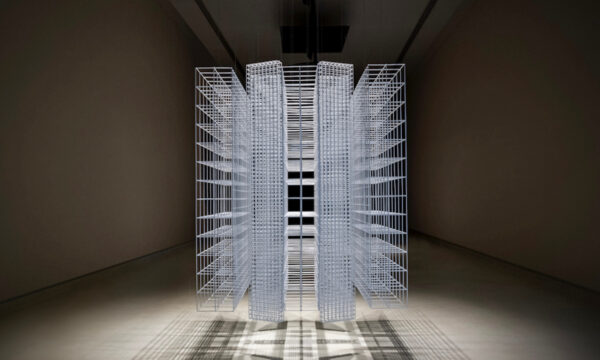
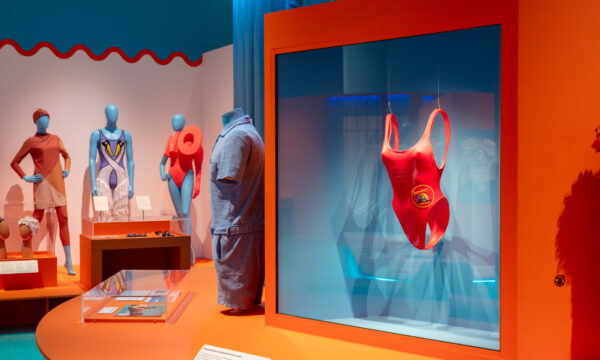
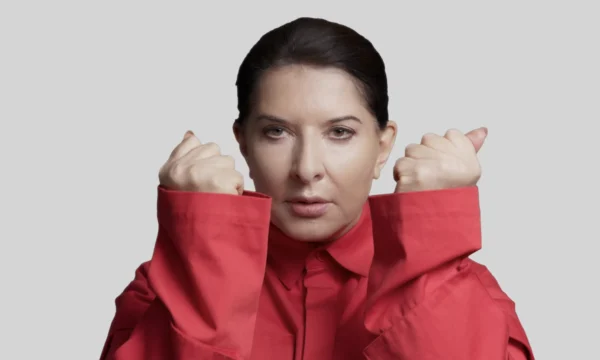

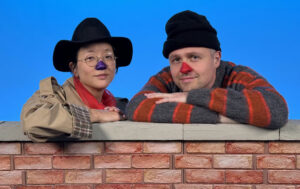
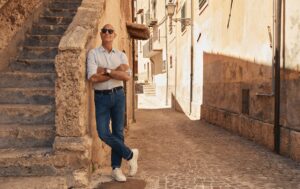
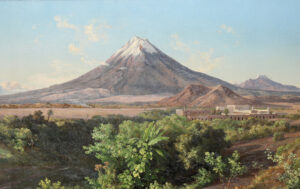

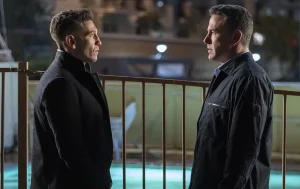
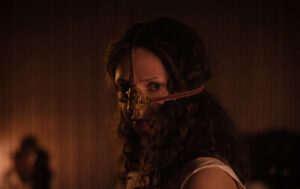
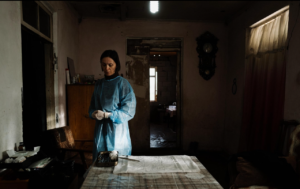






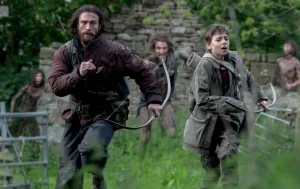
Facebook
Twitter
Instagram
YouTube
RSS